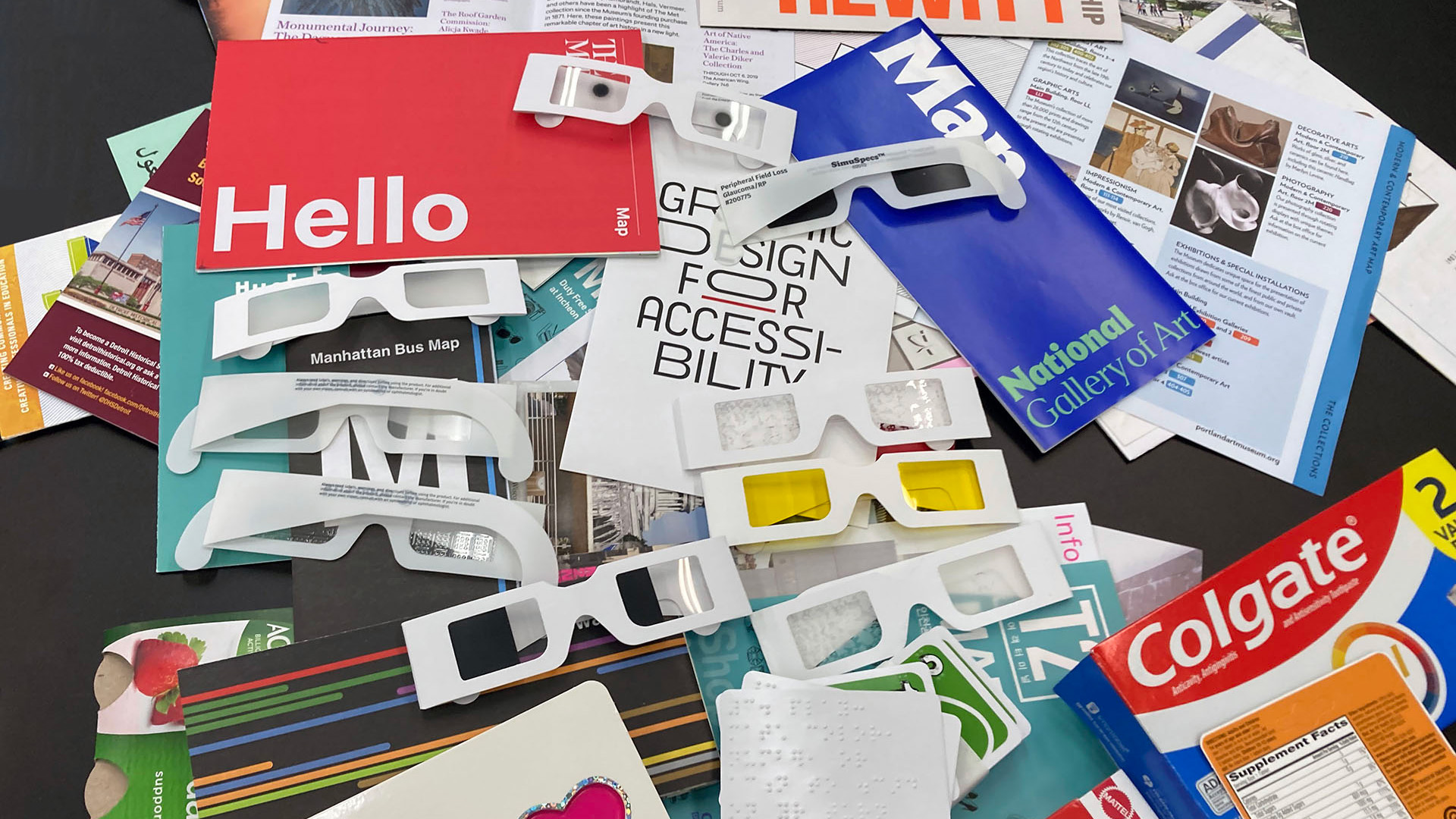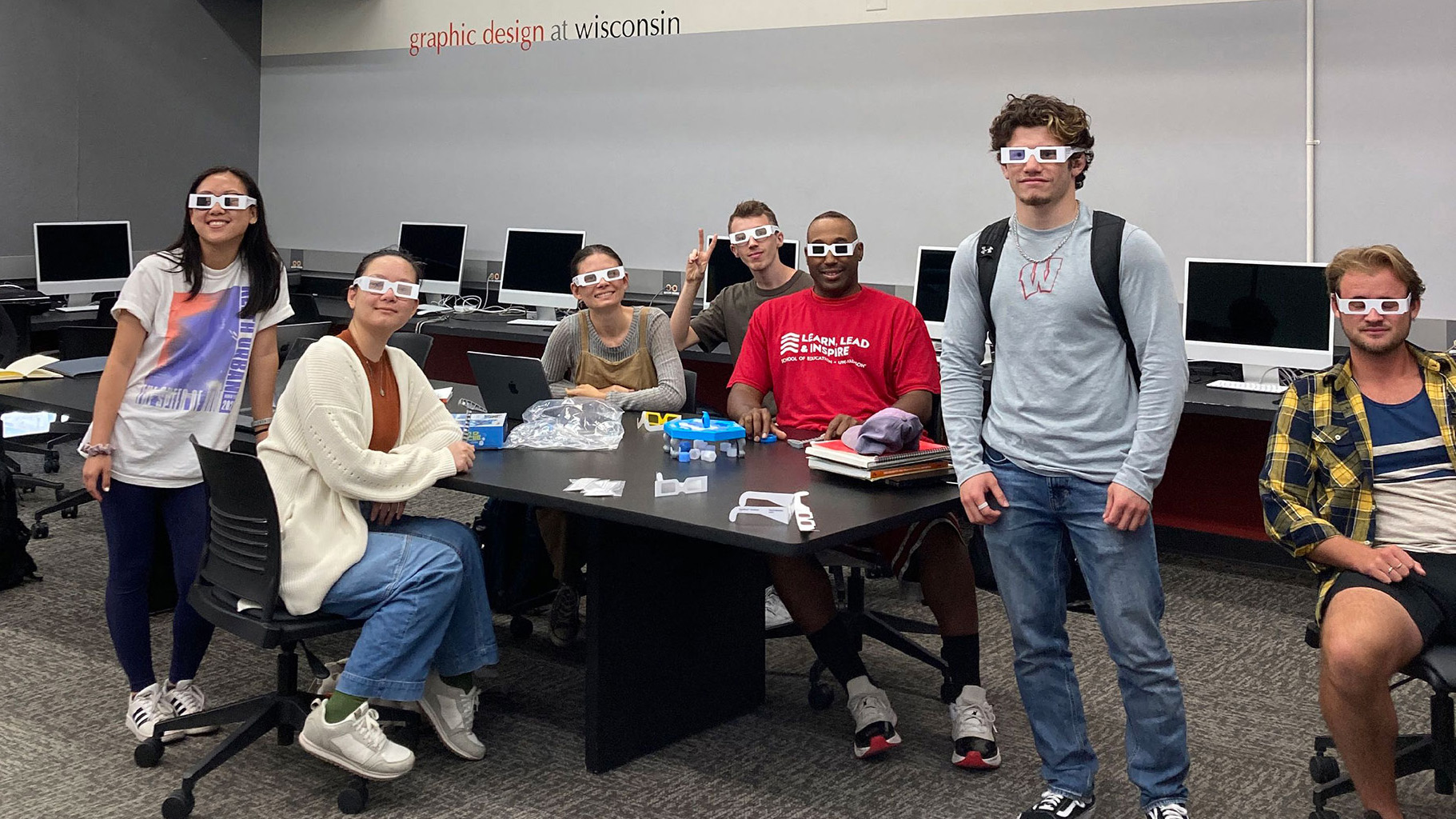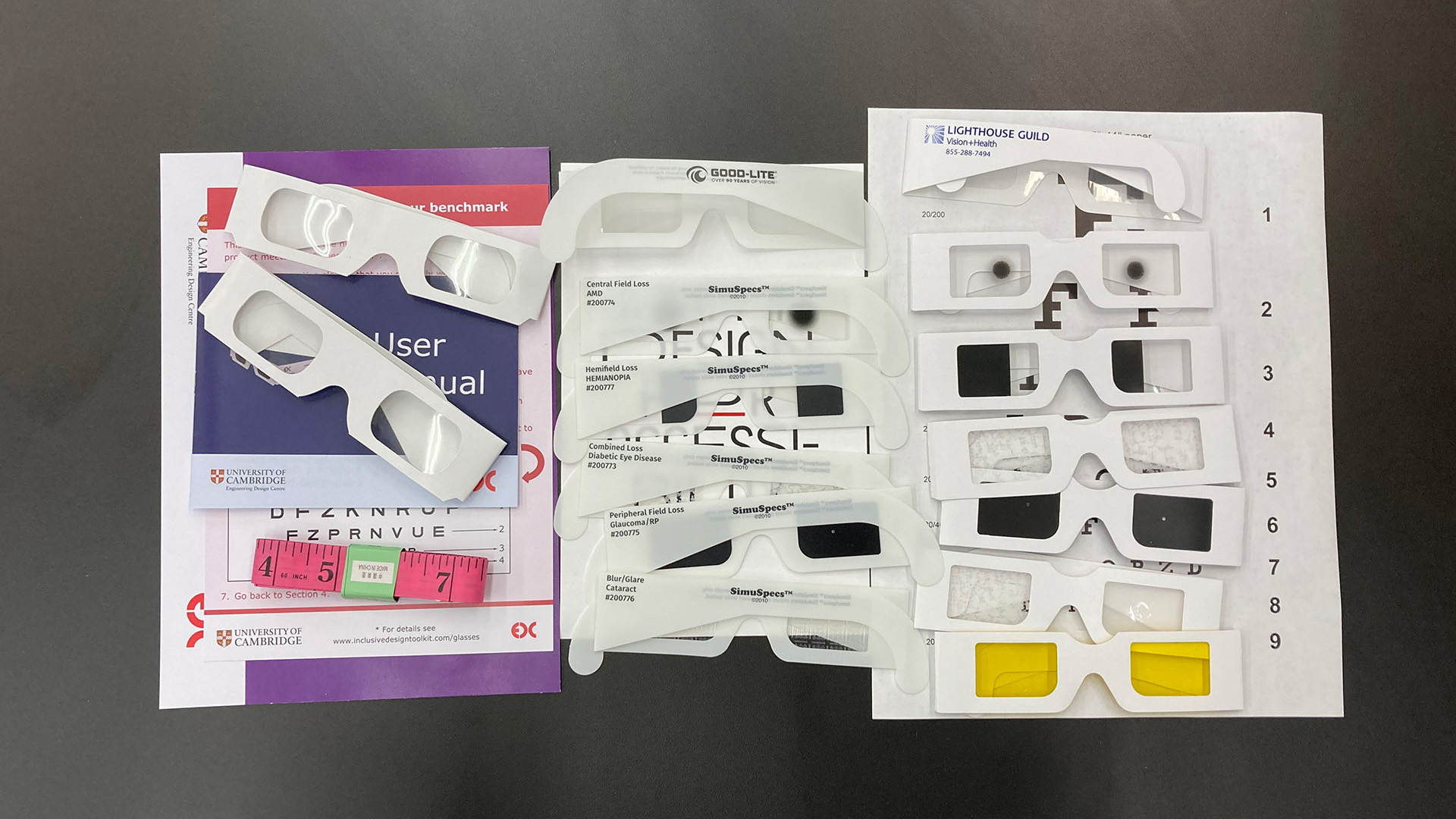Seeing Through Different Eyes: The Role of Vision Simulator Glasses in Accessible Design

We often take our ability to see for granted, even though it plays a crucial role in every aspect of our lives. About ten years ago, I experienced a severe vision issue. The possibility of losing vision was a scary and shocking experience for a highly visual person. Thankfully, I recovered after months of treatment, but I was left with lingering vision issues. This experience taught me that anyone can encounter vision problems and that designers should be more aware of visual accessibility to create better user experiences for those with impaired or low vision.
In this article, I would like to introduce vision simulator glasses. These specialized yet affordable eyewear devices offer designers a firsthand experience of various visual impairments, helping them create more inclusive designs. Vision simulator glasses provide a unique perspective into the world of individuals with visual impairments or low vision. By simulating conditions such as visual acuity issues, glaucoma, and cataracts, these glasses allow designers to experience the challenges faced by those with different visual conditions.

This invaluable insight helps professionals across various fields create more inclusive and user friendly environments, products, and experiences, ensuring accessibility is at the forefront of their design efforts. By fostering empathy through direct experience, these glasses enhance the design thinking process, enabling designers to deeply understand and address the needs of all users. This immersive approach promotes a comprehensive understanding of accessibility challenges and encourages the development of innovative solutions that prioritize inclusivity.
By integrating these tools into the design process and education, design professionals can better anticipate and accommodate the diverse needs of individuals with various visual conditions, ensuring that their creations are functional and accessible for everyone.

Here are responses from students who used vision simulators in their class, “Graphic Design for Accessibility,” at the University of Wisconsin-Madison:
- “I have never had vision problems, but the experience made me more mindful and helped me understand how much we rely on our vision. No one deserves to struggle with reading and understanding information because of poor vision.”
- “Using the vision simulators surprised me in many ways as I now understand how some people with vision disabilities see the world and I am able to better comprehend some of the difficulties they experience.”
- “Viewing various products at a grocery store through the vision simulators revealed design issues that I would not have considered a problem before. Just because a design worked for my eyes does not mean that it is working for others.”
- “As someone who needs to wear glasses to correct blurred vision, I was at first not too impressed with how little the vision simulator blurred the world. However, with prolonged use, I noticed it also reduced contrast, making it difficult to read. This highlighted the importance of fonts, typefaces, and information hierarchies in accessible design.”
- “I really enjoyed this experience to take a closer look at what designs are actually working for everyone. It was interesting how some designs I thought were pretty good, but then I put on the simulator glasses, and it was a completely different experience.”

About the Author
You can find Taekyeom Lee at taekyeom@gmail.com or @taekyeom on Instagram. He will be offering a hands-on workshop on this topic during our SEGD Conference Experience Dallas, happening September 26-28, 2024.
Additional Resources
About SEGD
We are designers of experiences connecting people to place. SEGD is a multidisciplinary community collectively shaping the future of experience design. We are a thought leader and an amplifier in the practice of experience design. Learn more at segd.org.